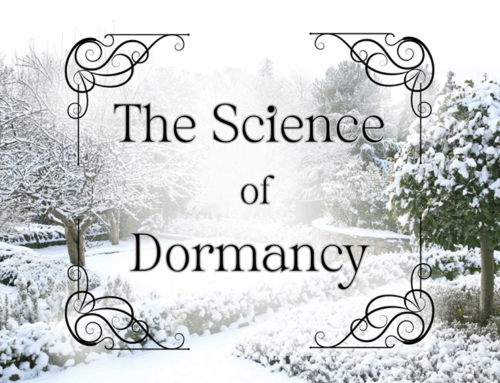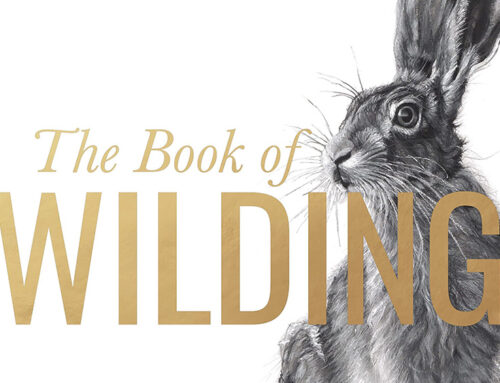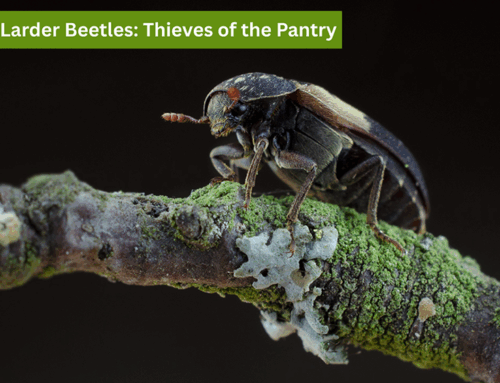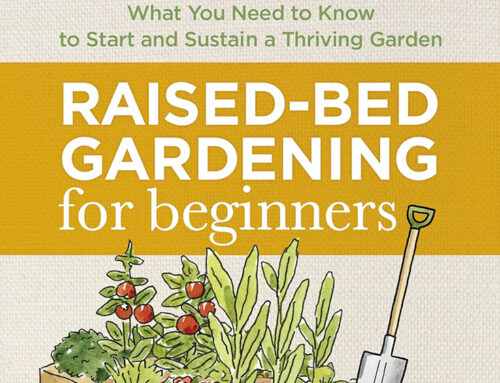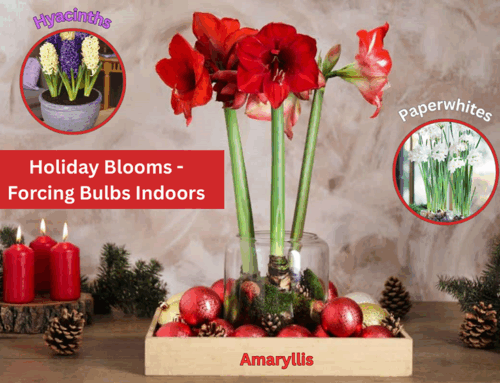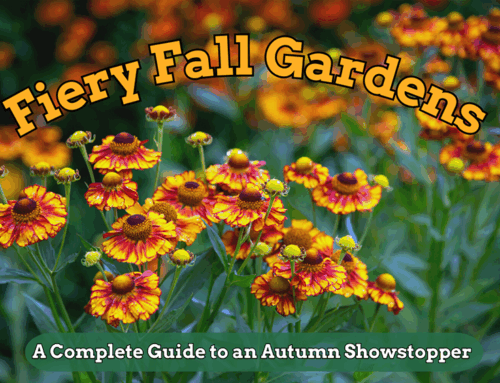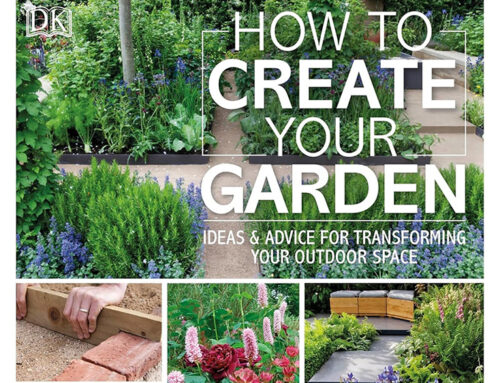April Gardening Chores
by Brett Kerley
April in Edmonton marks the transition from winter’s grasp to the budding promise of spring. As temperatures rise and daylight extends, gardeners have a prime opportunity to prepare their spaces for a flourishing season ahead. Here’s a guide to April gardening chores for Edmonton resident.
Assess and Clean Your Garden
Survey your garden for winter damage. Remove debris such as fallen branches and leaves, which can harbor pests and diseases. However, exercise caution: many beneficial insects overwinter in plant debris, so avoid a thorough cleanup until temperatures consistently stay above 10°C (50°F). Check for signs of frost heaving in perennials and gently press any exposed roots back into the soil.
Prune Trees and Shrubs
Late March to early April is ideal for pruning deciduous trees and shrubs in Edmonton. This timing allows for the removal of dead, damaged, or crossing branches before new growth begins. Use clean, sharp pruning shears to make precise cuts. Focus on trees like maples, oaks, and apples, as well as shrubs such as spirea and dogwood. Avoid pruning spring-blooming shrubs like lilacs, forsythia, and magnolias until after they flower, as they bloom on the previous year’s wood. Evergreens can also be lightly shaped at this time to encourage denser growth. Avoid pruning birches and maples in early spring, as they tend to bleed sap.
Prepare Garden Beds
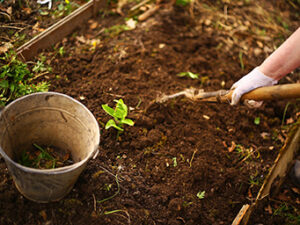
Loosening the soil
Once the soil is workable and not overly wet, start preparing your garden beds. Avoid working the soil if it sticks together in clods, as this can lead to compaction. Follow these key steps:
- Remove Winter Mulch and Weeds: Gently rake away any remaining mulch to allow the soil to warm up. Pull any early-emerging weeds before they take hold.
- Loosen the Soil: Use a garden fork or tiller to loosen the soil to a depth of 15-20 cm (6-8 inches). This helps improve aeration and drainage.
- Incorporate Organic Matter: Mix in 5-7 cm (2-3 inches) of compost, well-rotted manure, or peat moss to enrich the soil. This provides essential nutrients and improves moisture retention.
- Test and Amend Soil: Consider testing the pH and nutrient levels. Most vegetables prefer a pH of 6.0-7.0. If necessary, add amendments such as lime to raise pH or sulfur to lower it.
- Set Up Raised Beds or Row Covers: If using raised beds, top them up with fresh soil and compost. Row covers can help warm the soil faster for early planting.
Start More Seeds Indoors
April is an excellent time to start seeds indoors for crops that require a longer growing season. If you haven’t already, consider sowing seeds for tomatoes, peppers, and eggplants indoors under grow lights or near a sunny window. Maintain a temperature of 18-24°C (65-75°F) for optimal germination.
Mid-to-late April is a great time to sow those veg that need 4 to 6 week head start, like cabbage, brussels sprouts, broccoli, and lettuce. Starting half your lettuce or whatever indoors and then direct seeding the other half can be a good way to extend the harvest. You can start cucumbers and squashes indoors, but they don’t transplant well because they hate having their roots disturbed. Biodegradable pots that can be planted with the seedling are the best way to go.
Seedlings can be transplanted outdoors after the last frost date, typically in mid to late May. Harden off seedlings by gradually exposing them to outdoor conditions for 7-10 days before transplanting.
Plant Cool-Season Vegetables
As the soil warms to at least 4-7°C (40-45°F), you can directly sow seeds of cool-season vegetables such as peas, lettuce, spinach, carrots, beets, and radishes. These crops thrive in cooler temperatures and can withstand light frosts, making them suitable for early spring planting in Edmonton. Covering newly planted rows with floating row covers can help insulate against temperature fluctuations.
Care for Your Lawn
After a long winter, your lawn may emerge with common issues such as snow mold, dead patches, compaction, and pest damage. Here’s how to rejuvenate your lawn for a lush, green season:
- Assess Winter Damage: Look for matted-down grass, moldy spots, or areas where the turf has thinned. Snow mold appears as gray or pink patches and will usually clear up as temperatures rise.
- Check for Pest Damage: Voles and other small rodents can cause damage by creating runways in the grass under the snow. Look for chewed grass, bare patches, and tunneling. If voles have damaged your lawn, rake up dead grass and overseed affected areas to encourage regrowth.
- Rake to Remove Thatch and Debris: Once the ground is dry, use a leaf rake to remove dead grass and break up matted areas. This allows for better air circulation and prevents fungal growth.
- Aerate if Necessary: If the soil feels compacted or water pools in certain areas, aerate the lawn by removing small cores of soil. This improves root access to air, water, and nutrients.
- Top-Dress and Overseed: Spread a thin layer (about 1 cm or 0.5 inches) of compost or a mix of compost and sand over the lawn. If your lawn has bare patches, overseed with a suitable grass variety for Edmonton’s climate.
- Fertilize Wisely: Apply a slow-release fertilizer once the grass starts actively growing. Avoid high-nitrogen fertilizers too early, as they can encourage weak, fast growth that is prone to damage.
- Water as Needed: Early spring watering should be light, as Edmonton’s spring moisture levels often suffice. Begin watering more deeply and infrequently as the season progresses.
- Mow at the Right Time: Allow the grass to reach a height of 7-8 cm (3 inches) before the first cut. Keep the mower blade sharp and avoid removing more than one-third of the blade length at a time.
A well-maintained lawn not only enhances curb appeal but also provides a resilient foundation for summer activities.
Plan for Native Plantings
Incorporating native plants into your garden enhances biodiversity and supports local pollinators. Native species, such as wild bergamot, prairie crocus, and blanket flower, are well-adapted to Edmonton’s climate and require less maintenance. They attract beneficial insects, including bees and butterflies, which are essential for pollination. Native plants also help prevent soil erosion, improve water retention, and create a self-sustaining ecosystem that requires fewer chemical fertilizers and pesticides. Additionally, they provide food and shelter for local wildlife, contributing to the overall health of the environment. Research and plan your native plantings in April to ensure availability and successful establishment later in the season. Always try to buy from local nurseries and garden centres, as they will have the home grown native plants you’re looking for. Big box stores may say native on their labels but native to whom? Especially as a lot of these companies get shipments of plants from the US.
Monitor Soil Moisture
Spring in Edmonton can be unpredictable, with varying precipitation levels. Regularly check soil moisture to ensure it’s neither too dry nor waterlogged. Aim for soil that is evenly moist but not soggy. A simple test is to squeeze a handful of soil—if water drips out, it’s too wet; if it crumbles without forming a ball, it’s too dry. Adding mulch (5-7 cm or 2-3 inches) around perennials and shrubs can help regulate soil moisture levels and suppress weeds.
Plan and Document Your Garden

Garden diagram
Use this time to plan your garden layout, crop rotations, and planting schedules. Maintaining a garden journal helps track progress, note successes and challenges, and serves as a valuable reference for future seasons. Sketch out planting diagrams, record frost dates, and track growth patterns to refine your gardening strategies.
Final Thoughts
By diligently performing these tasks in April, Edmonton gardeners can set the stage for a vibrant and productive growing season. Remember to consider local climate conditions and consult resources like the many local organizations here in Edmonton for region-specific advice.
May your seeds sprout and your pests stay out! Happy gardening everyone.




